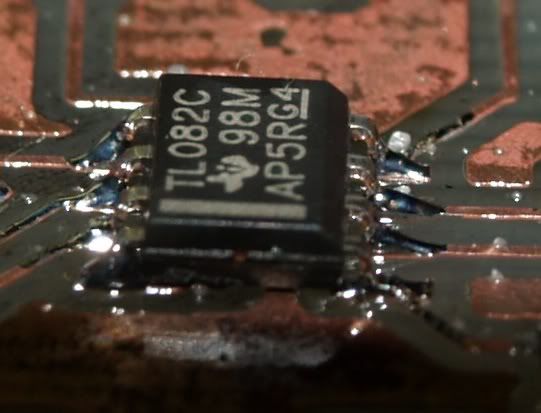- Joined
- Aug 16, 2010
- Messages
- 261
- Points
- 18
I have a Weller butane soldering gun that I use for doing wiring in car work. Its got a decently fat tip, and gets pretty hot, is this going to work for what needs to be done with this hobby? I don't really have much exp. doing super small delicate work, mostly wiring and large repairs.
Will the Weller be ok turned down, or should I just goto Sears/Radio shack and get a cheap 40w iron w/small tip?
Will the Weller be ok turned down, or should I just goto Sears/Radio shack and get a cheap 40w iron w/small tip?







